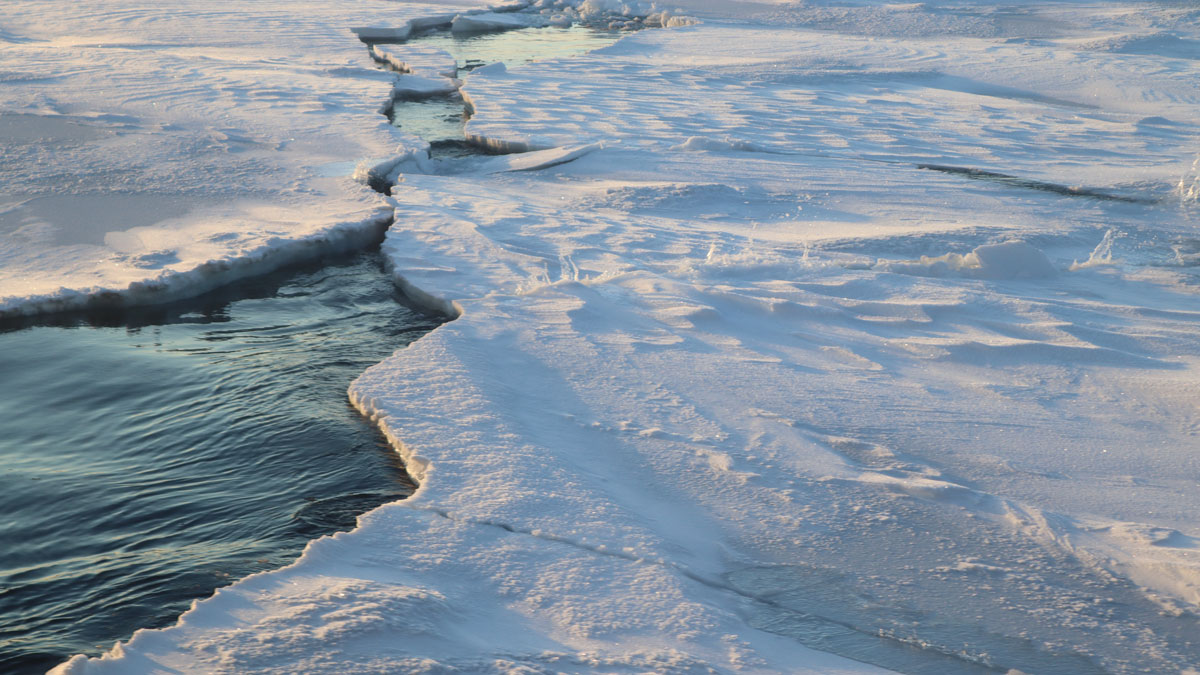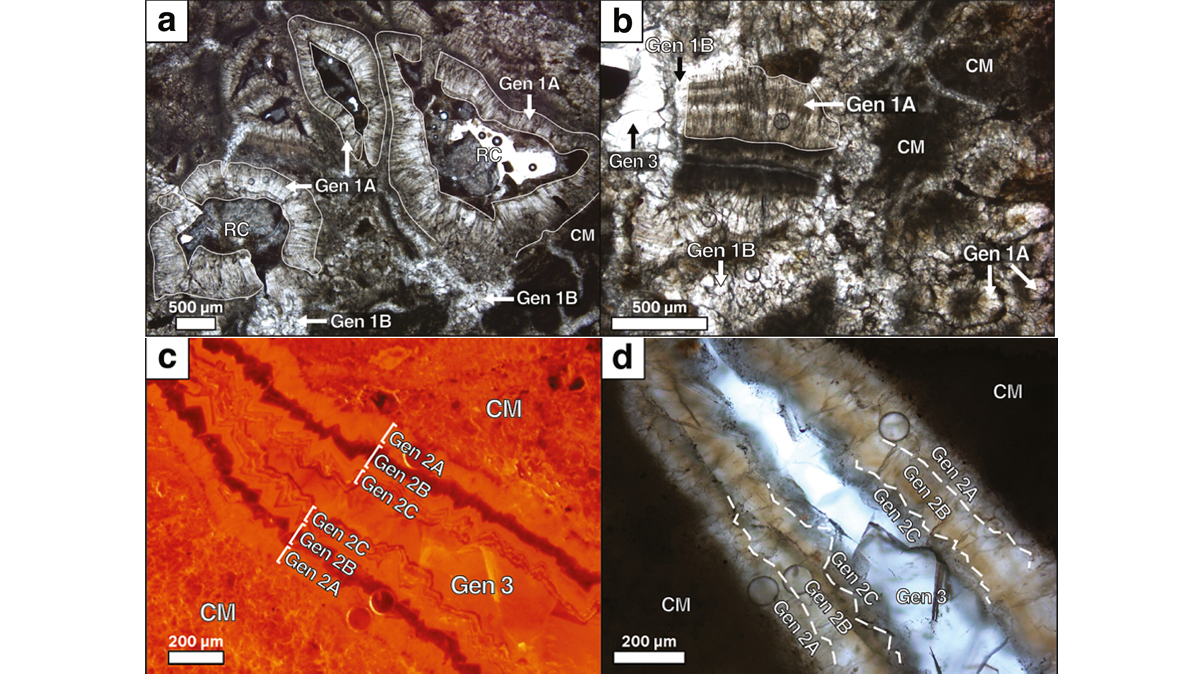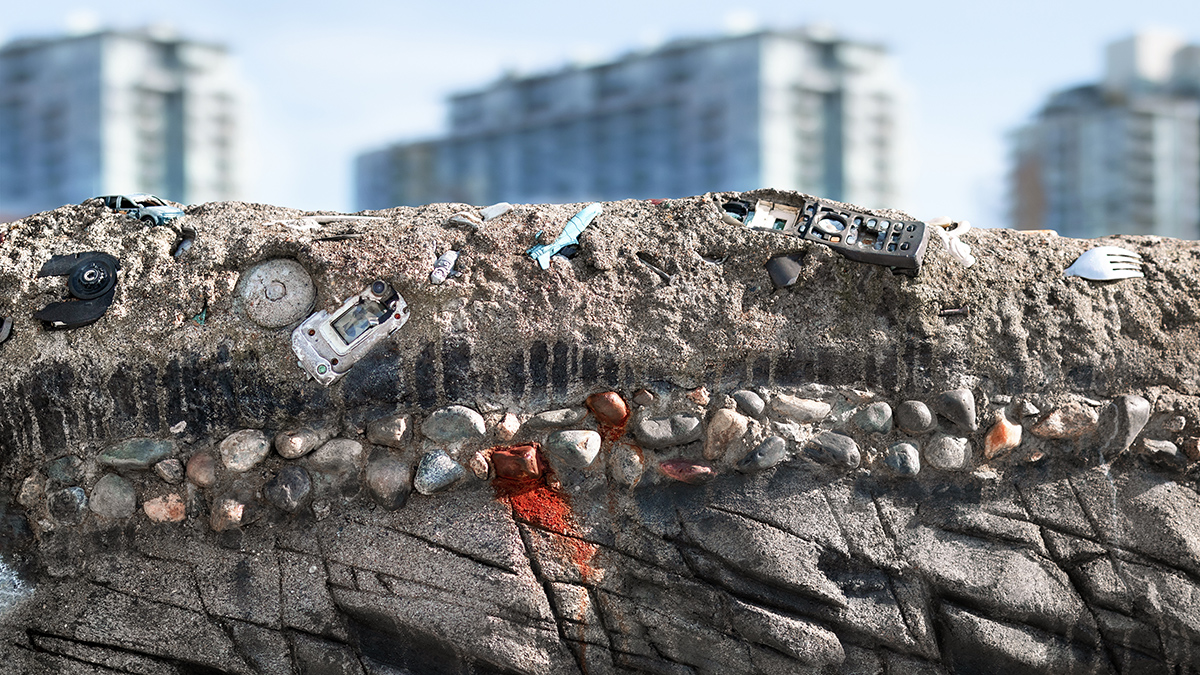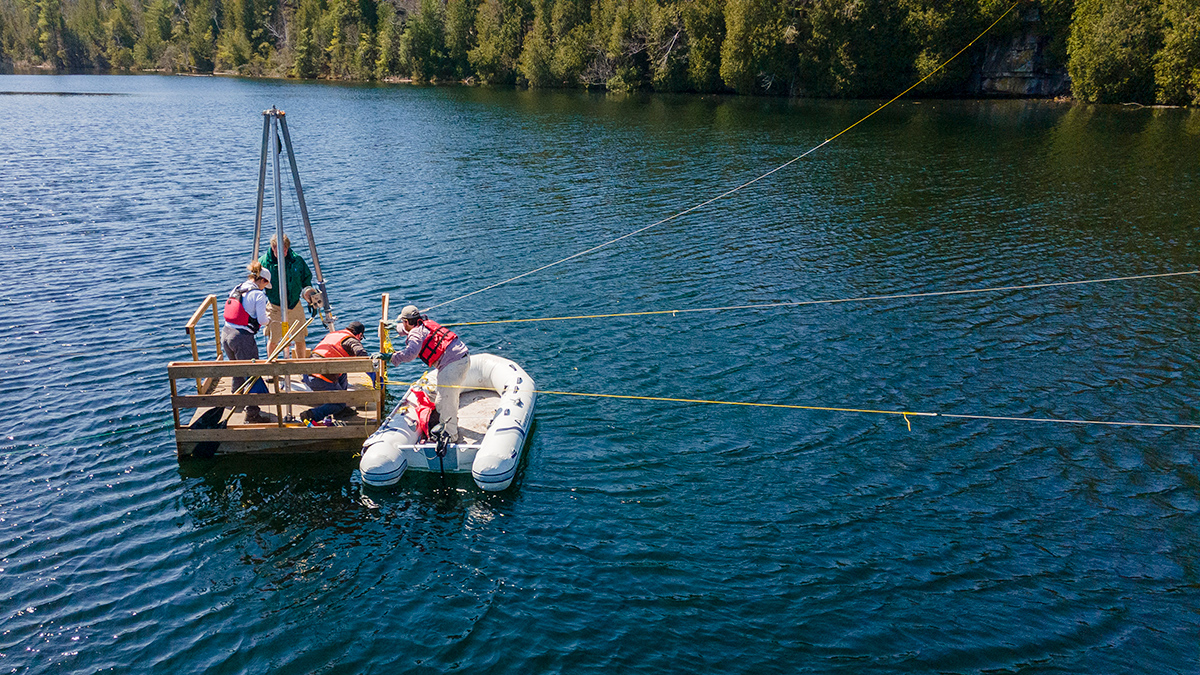Understanding the effects of a “blue” Arctic Ocean on future climate requires a coordinated effort to study Earth’s past warm periods using a variety of classical and cutting-edge methods.
stratigraphy
El Antropoceno merece reconocimiento oficial, sostienen algunos expertos
La Unión Internacional de Ciencias Geológicas decidió no designar una nueva época geológica, pero el asunto aún no se ha resuelto.
Anthropocene Deserves Official Recognition, Some Experts Maintain
The International Union of Geological Sciences chose not to designate a new geologic epoch, but the matter is not yet settled.
Unlocking Earth’s Terrestrial Sedimentary Record with Paleosols
Harnessing the micro-stratigraphy of pedogenic carbonates, scientists have demonstrated that age determination of fossil soils is possible via uranium-lead dating.
What’s Next for the Anthropocene?
Researchers weigh in on the meaning and aftermath of the decision to reject designating “Anthropocene” as an official geological epoch.
A Lake Paves the Way for Defining the Anthropocene
Scientists recently voted to designate Crawford Lake, a small body of water in southern Canada, as the reference site of the “Age of Man.”
Specious Timescales from Sedimentary Layers
Changing environments can dramatically change how quickly layers form in sedimentary rocks, leading to incorrect time estimates.
The Shape of Pits on the Moon
Three-dimensional reconstructions enable virtual exploration of pits on the Moon.
Shining a Spotlight on the Chicxulub Impact Crater
A new seismic survey of the Chicxulub impact crater reveals the structure of its peak ring and the sediments that cover it.










